Announcing at a press conference on October 11 at NASA's Johnson Space Center, scientists said that the asteroid Bennu sample that the US spacecraft OSIRIS-REx dropped to Earth contained water and carbon.
That's huge news, because it confirms that Bennu is made exactly as NASA expected it to be before the $1 billion mission.
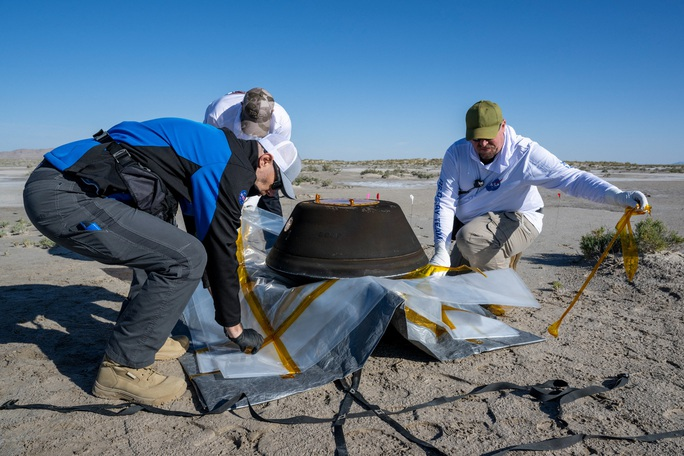
The special box containing the Bennu sample landed in the desert of Utah, USA in late September. (Photo: NASA)
Scientists are continuing to analyze Bennu for what they are almost certain to find: Signs of the "seeds" of alien life.
"This is the largest carbon-rich asteroid sample ever brought back to Earth. Carbon and water molecules are exactly the elements we want to find," said NASA administrator Bill Nelson.
According to Mr. Nelson, these are important elements in the formation of the Earth, which will help determine the factors that could lead to the formation of life.
Bennu is a B-type asteroid, rich in carbon and likely also contains primitive molecules similar to those present when life emerged on Earth.
Several of these building blocks of life — including uracil, one of the nucleobases for RNA — were recently found on the asteroid Ryugu by the Japanese spacecraft Hayabusa2.
The mission NASA is pursuing is to find other potential precursors to life on Bennu.
Samples from both Ryugu and Bennu are being shared with research institutions around the world, in a joint effort to explain how we came to exist as well as explore how different forms of life may have formed in the solar system.
(Source: Nguoi Lao Dong)
Source



![[Photo] Binh Thuan organizes many special festivals on the occasion of April 30 and May 1](https://vphoto.vietnam.vn/thumb/1200x675/vietnam/resource/IMAGE/2025/5/1/5180af1d979642468ef6a3a9755d8d51)
![[Photo] "Lovely" moments on the 30/4 holiday](https://vphoto.vietnam.vn/thumb/1200x675/vietnam/resource/IMAGE/2025/5/1/26d5d698f36b498287397db9e2f9d16c)

![[Photo] Bustling construction at key national traffic construction sites](https://vphoto.vietnam.vn/thumb/1200x675/vietnam/resource/IMAGE/2025/5/2/a99d56a8d6774aeab19bfccd372dc3e9)
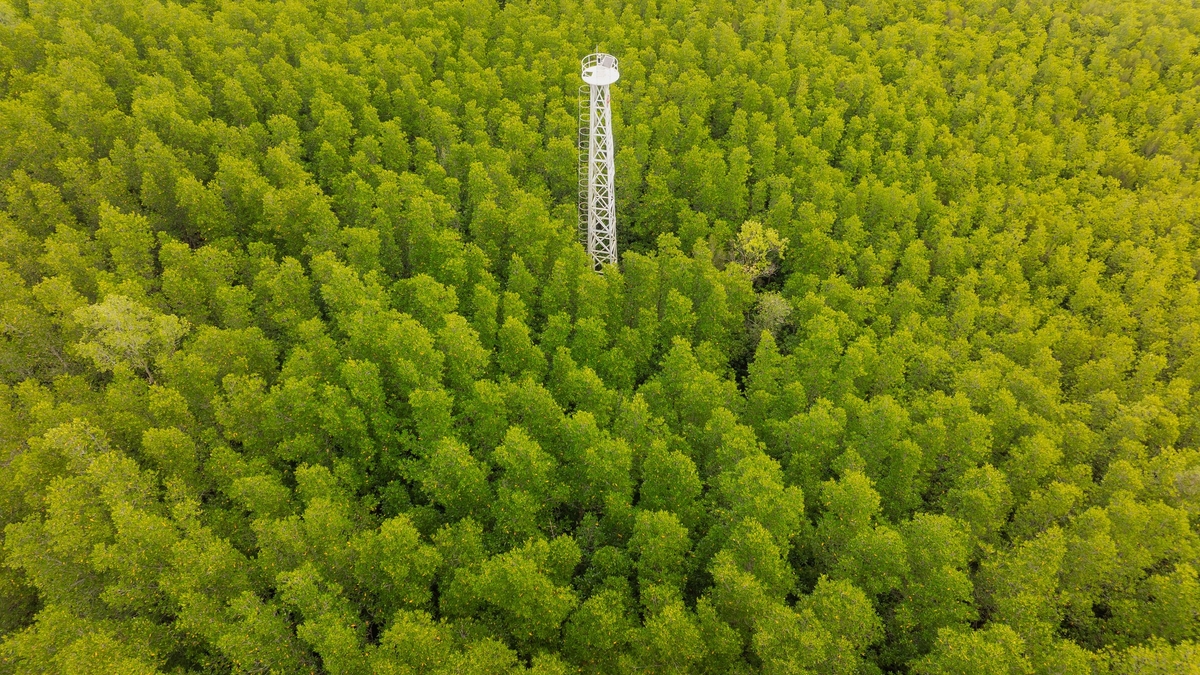


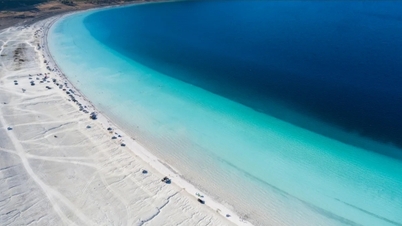





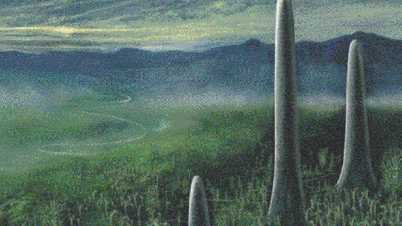















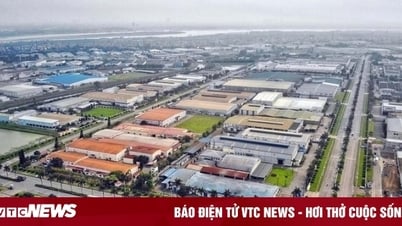


![[Photo] Ha Giang: Many key projects under construction during the holiday season](https://vphoto.vietnam.vn/thumb/1200x675/vietnam/resource/IMAGE/2025/5/1/8b8d87a9bd9b4d279bf5c1f71c030dec)





































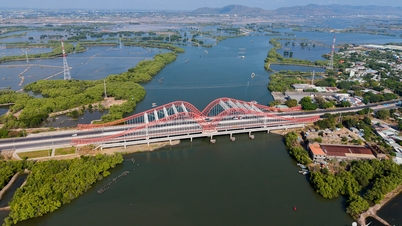

















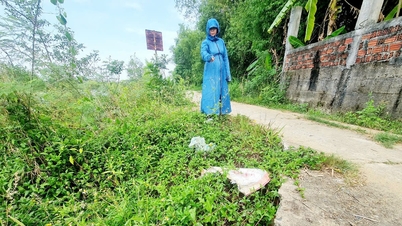









Comment (0)